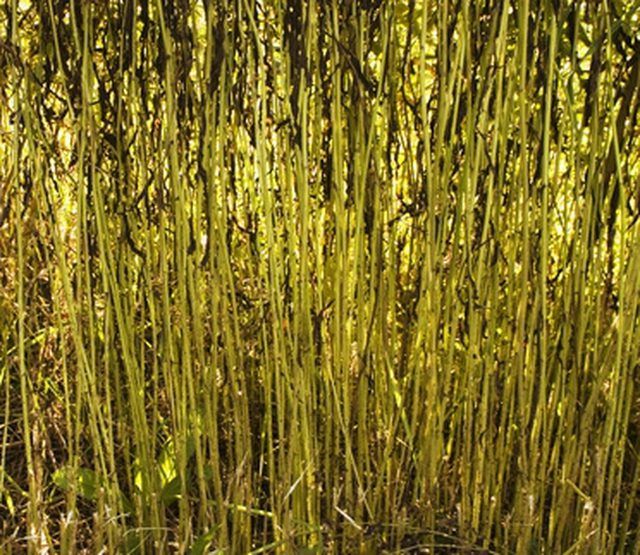Bulbs
Flower Basics
Flower Beds & Specialty Gardens
Flower Garden
Garden Furniture
Garden Gnomes
Garden Seeds
Garden Sheds
Garden Statues
Garden Tools & Supplies
Gardening Basics
Green & Organic
Groundcovers & Vines
Growing Annuals
Growing Basil
Growing Beans
Growing Berries
Growing Blueberries
Growing Cactus
Growing Corn
Growing Cotton
Growing Edibles
Growing Flowers
Growing Garlic
Growing Grapes
Growing Grass
Growing Herbs
Growing Jasmine
Growing Mint
Growing Mushrooms
Orchids
Growing Peanuts
Growing Perennials
Growing Plants
Growing Rosemary
Growing Roses
Growing Strawberries
Growing Sunflowers
Growing Thyme
Growing Tomatoes
Growing Tulips
Growing Vegetables
Herb Basics
Herb Garden
Indoor Growing
Landscaping Basics
Landscaping Patios
Landscaping Plants
Landscaping Shrubs
Landscaping Trees
Landscaping Walks & Pathways
Lawn Basics
Lawn Maintenance
Lawn Mowers
Lawn Ornaments
Lawn Planting
Lawn Tools
Outdoor Growing
Overall Landscape Planning
Pests, Weeds & Problems
Plant Basics
Rock Garden
Rose Garden
Shrubs
Soil
Specialty Gardens
Trees
Vegetable Garden
Yard Maintenance
How to Build an Eco Friendly Septic System
How to Build an Eco Friendly Septic System. A septic system is essential for modern living. It contains all our bodily waste and processes it in a sanitary way. In a conventional house, waste is piped out to a central septic tank sunk beneath the ground. Here the waste is allowed to settle, and chemicals in the tank break it down. As more waste...

A septic system is essential for modern living. It contains all our bodily waste and processes it in a sanitary way. In a conventional house, waste is piped out to a central septic tank sunk beneath the ground. Here the waste is allowed to settle, and chemicals in the tank break it down. As more waste water is added to the tank, older water is released into a drainage field and back into the environment. There are ecological alternatives to a conventional septic system. One alternative is the use of a black water bed. This process cleans the waste using plants, returning only clean water to the environment.
Things You'll Need
Piping
Plants
Gravel
Gardening tools
Wood panels
PVC lining
Connect pipes to an already existing graywater bed. If you don't have a graywater bed, connect pipes to your toilets and run the pipes outside. According to Earthship Systems and Components, it is recommended to plant a blackwater reed bed at least 12 feet away from your main building.
Build a staggered reed bed using wooden panels. Lay the wooden panels into a rectangular box and then build up. Any size of wooden panels can be used but each bed should be at least one foot deep and three feet by two feet. Line the base of the container with PVC to ensure the waste material does not seep out into the ground.
Stagger four or more of these containers for the reed beds in a stepped pattern. Cut out sections in the wood at the base to allow water to flow into the next reed bed. Cut a section out of the last so that the clean water can run into the garden.
Fill each container a third full with gravel and stones. Then pour in soil to the top of the container. Plant your reeds and plants into the reed bed. If you are going to use the septic system at once, it is best to plant fully grown plants.
Tips & Warnings
A water bed should be longer than two meters to ensure that the water is treated. If it is the only waste treatment (there is no gray water bed), then the length should be doubled to allow plants to clean the waste.
Any plants may be used but some are better than others. Eco-Smart Plumber recommends Juncus, Baumea, Bolboschoenus, Cyperus, Isolepsis, Lepidosperma and Schoenoplectus as good plants for a reed bed.
Do not flush down any chemicals or substances that are harmful to plants. This will kill your septic system and you will have a problem reestablishing the reed bed.